Log from One Ten East
The RV Investigator is currently undertaking oceanographic research along the 110°E meridian off Western Australia as part of the second International Indian Ocean Expedition. The voyage is led by Professor Lynnath Beckley of Murdoch University and the research is supported by a grant of sea time on RV Investigator from the CSIRO Marine National Facility.
| Date: May 31, 2019 | Time: 1200 AWST |
| Latitude: 18.5°S | Longitude: 110°E |
| Wind direction: E | Wind speed: 16 knots |
| Swell direction: ESE 1.5 m | Depth: 4981 m |
| Air temperature: 26°C | Sea temperature: 27°C |
| Notes: Another tropical day with cumulus clouds and the deep blue sea. | |
Cytometry in the Micro-CSI Lab
By Martina Doblin
The Microbial Cell Sorting and Imaging or Micro-CSI is a mobile laboratory belonging to the University of Technology Sydney (UTS) is being used on board RV Investigator. On this voyage, the Micro-CSI houses a state-of-the-art flow cytometer, which uses laser light to analyse living cells and sort them from other particles in seawater. Cells (ranging in size from 0.5 to 50 microns) can be sorted and counted based on characteristics such as their relative size, internal complexity and fluorescence properties, varying upon the identity and physiological status of each cell. Cells of the same species will share common attributes such as the number and type of cellular membranes, organelles and pigments and are therefore visualised as cells that cluster tightly in the graphical output.
Peta Vine (PhD student University of Technology Sydney) at left and Camille Grimaldi (PhD student University of Western Australia) at right, stand outside the Micro-CSI mobile laboratory that has been loaded aboard the RV Investigator. Photo: Micheline Jenner AM.
Using the flow cytometer, we are determining the distribution of phytoplankton populations collected at various locations along the 1100 East transect. We are also isolating cells capable of photosynthesis (those containing pigments such as chlorophyll) and preserving them for future on-shore analysis. This information will be used to help estimate the primary productivity of marine phytoplankton, which represents the potential for nutrients and energy to be transferred to upper levels of the food web.
Inside the Micro-CSI laboratory, Camille Grimaldi (PhD student UWA) operates the state-of-the-art BD-Influx cell sorter. A water sample from the CTD is placed in a glass tube, and is analysed using lasers to provide detailed information regarding phytoplankton distribution and abundance along the 110°East meridian. Photo: Micheline Jenner AM.
Camille Grimaldi (PhD student University of Western Australia) collects water from the CTD that is analysed using the flow-cytometer in the Micro-CSI laboratory. Photo: Micheline Jenner AM.
Be sure to follow the daily posts of our One Ten East Logs from the IN2019_V03 aboard RV Investigator at https://iioe-2.incois.gov.in and https://wamsi.org.au .

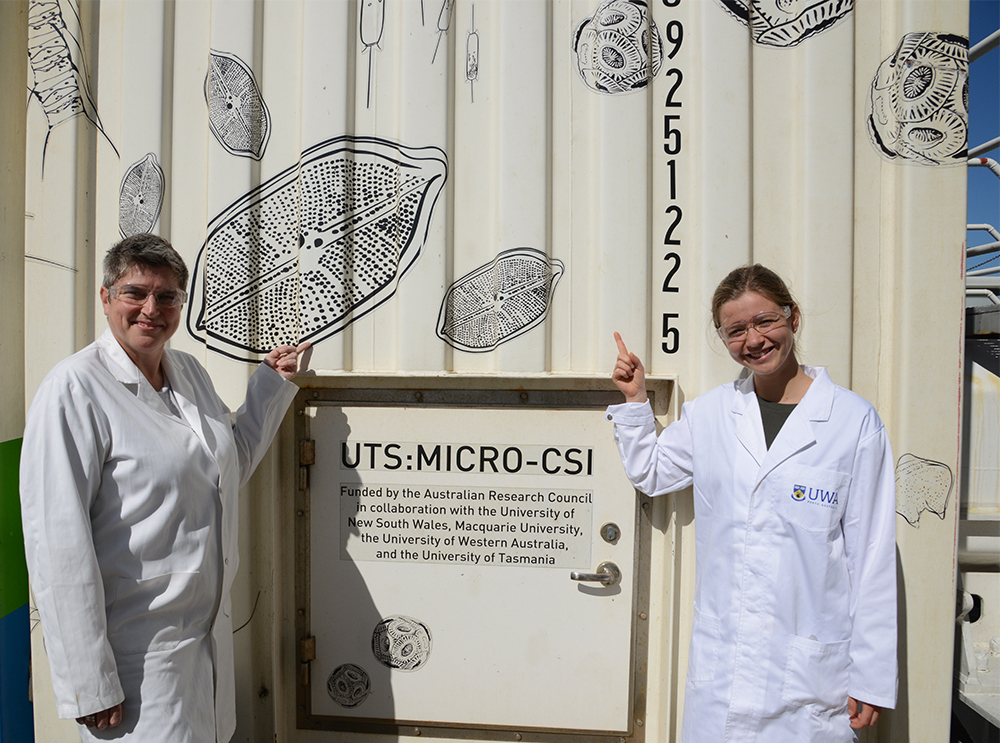
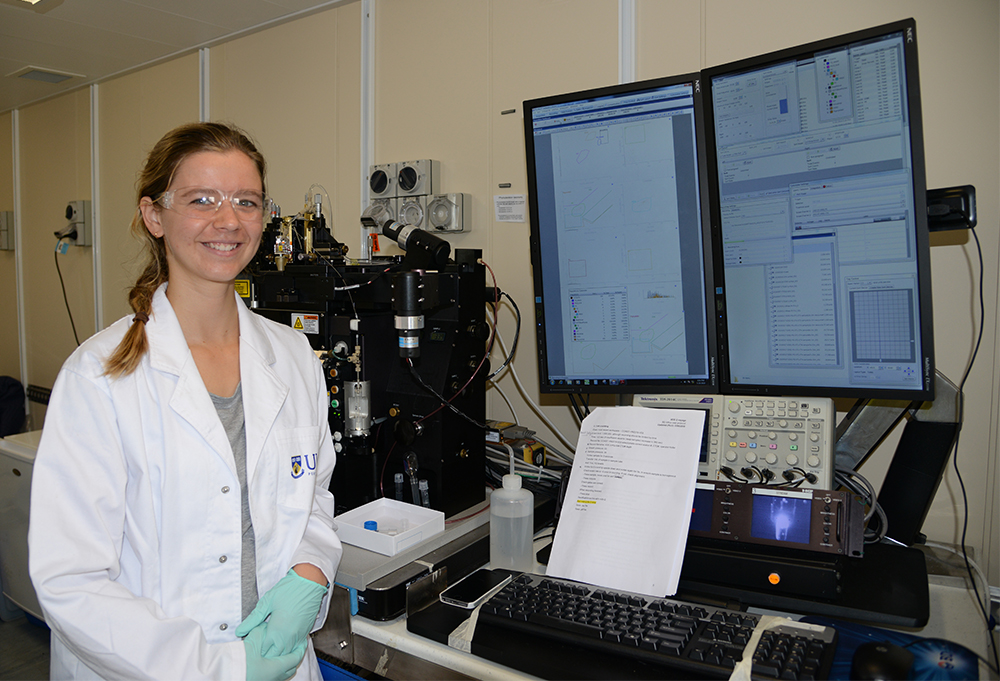
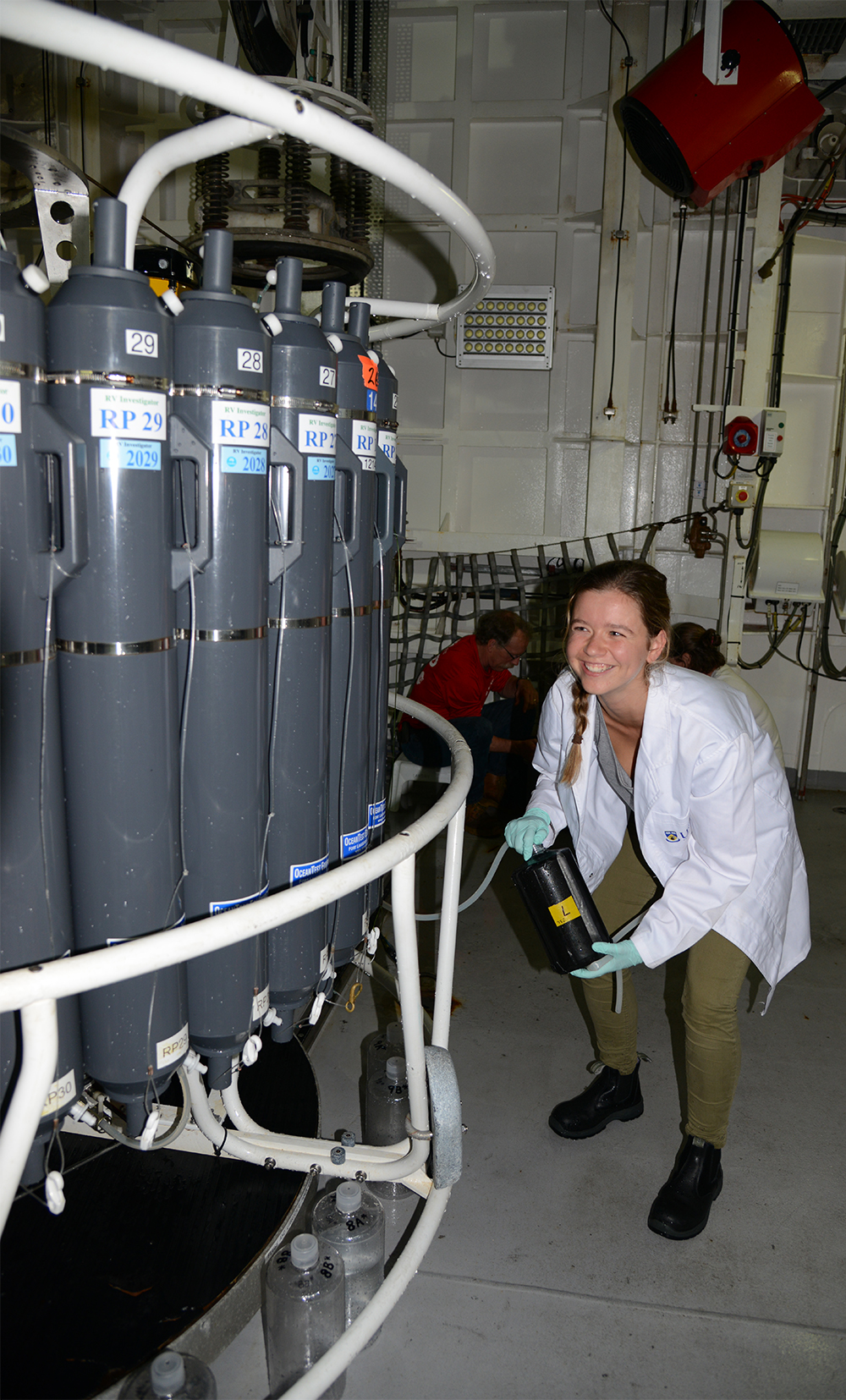



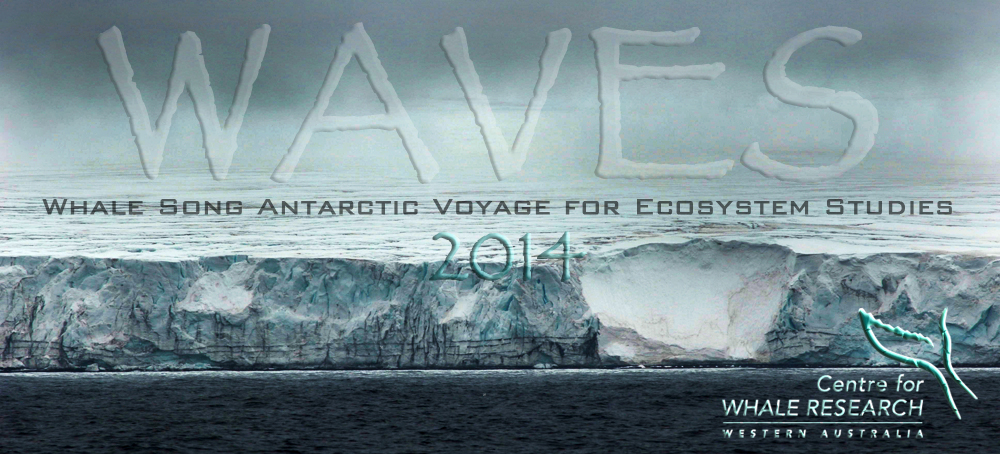










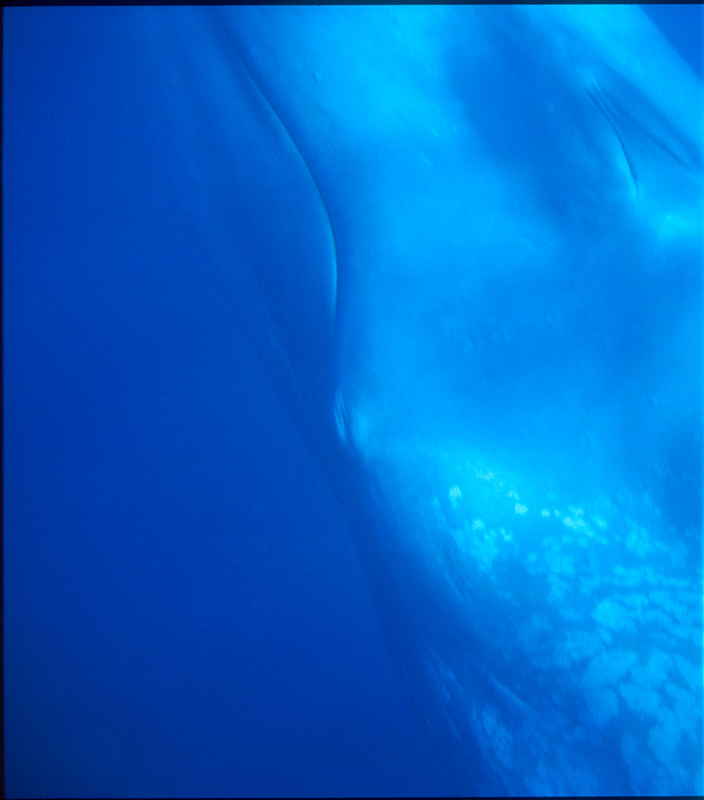
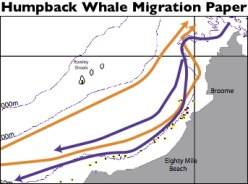
No comments yet.